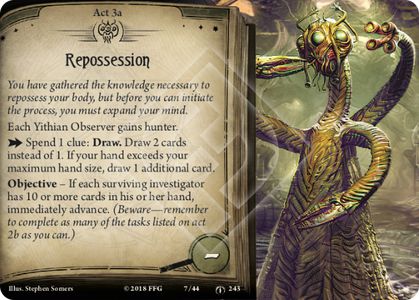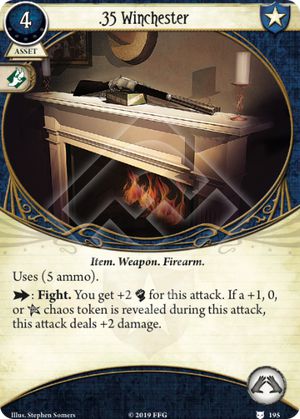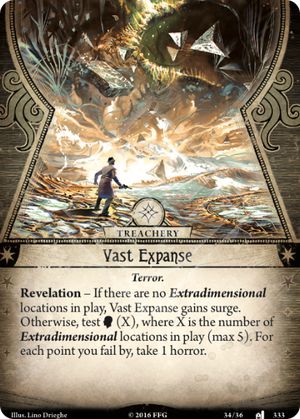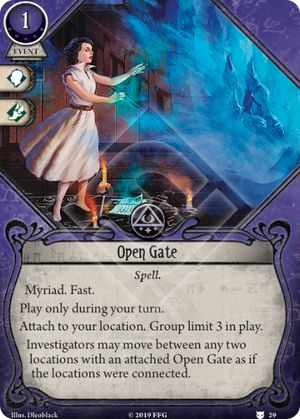
So, I would say that this is kind of a mild weakness. Sure it's annoying, it just keeps coming back! But, it's not too hard to get rid of it. Just commit it to a test that you know you're going to fail anyway (It's pretty hard to succeed with a modified stat of 0). Conversely, if you've already got a full hand and a couple Pickpocketing (2) or Lucky Cigarette Case in play, just ignore it, and continue to succeed by 2 anyway. Eventually you'll draw an which will hurt your tempo, for sure, but at least you no longer have to worry about Arrogance. That is, until you inevitably cycle your deck again.
That's been my experience with this, so far, anyway.



